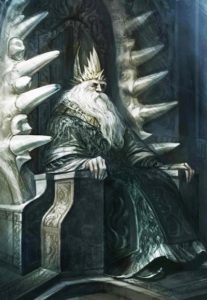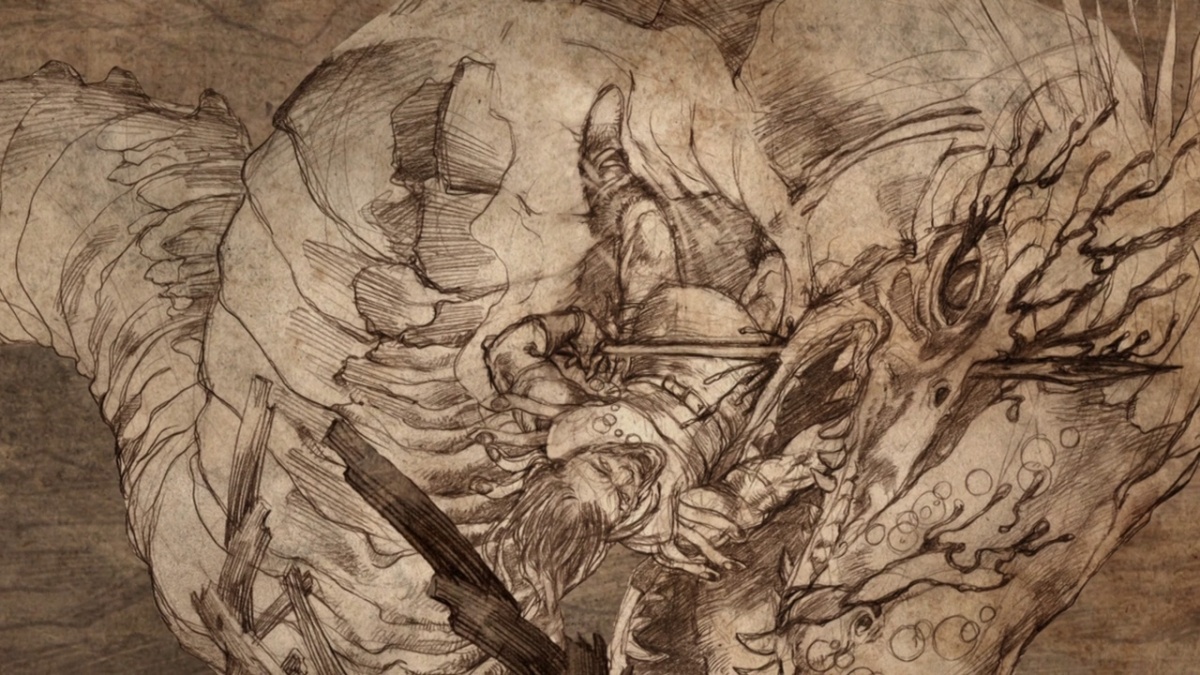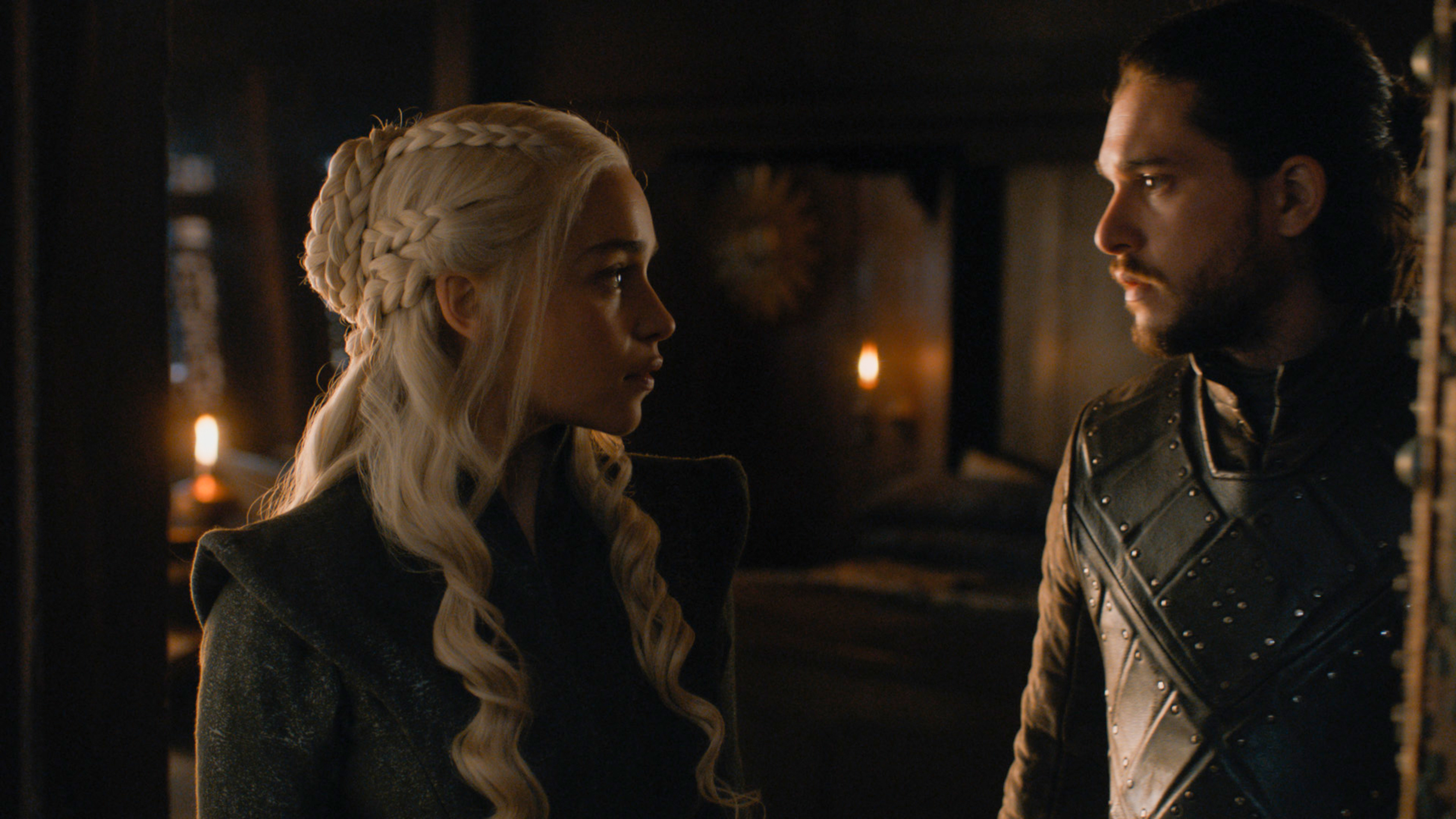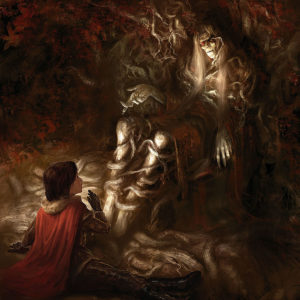![20160421_ep602_Publicity_still_32_00161588[1]](http://watchersonthewall.com/wp-content/uploads/2016/05/20160421_ep602_Publicity_still_32_001615881.jpg)
Jon Snow has a secret. No, not his real name. No, not his parents. No, not that his direwolf has gone missing and no one cares. And no, not that he had sex with his aunt.
His secret is that he is not among the world of the living anymore. He is the undead, risen from the slab his cold, broken body rested on in Castle Black following his assassination. Jon’s life is now closer to that of the Mountain, Coldhands (Benjen Stark in the show), and Beric Dondarrion. What does that mean for Aegon- I mean Jon? Why isn’t he following the orders of a White Walker like any other wight? How long will his journey in undeath last? And what does the Grey King of Westerosi legend have to do with this?
![508_promo_stills_1100162650[1]](http://watchersonthewall.com/wp-content/uploads/2015/05/508_promo_stills_110016265011.jpg)
To start off with our discussion, we need to discuss what exactly Jon is. There are four known types of wights, or the undead.
First we have the ice wights controlled by the White Walkers. They have no or very limited free will, shining blue eyes, and are more animal than human. Classic zombies.
The next is Gregor Clegane, the Mountain. Saved and seemingly raised from undeath by the exiled Maester Qyburn he has limited free will as well but lacks the blue eyes and control of the White Walkers.
The third is Benjen Stark, and a similar character known as Coldhands in the books. He has full free will, and the ability to speak and interact as he did before death. This sounds like Jon Snow except for a key difference: Benjen had obsidian shoved into his heart which brought him back.
The final type of the undead we’ve been shown so far is the one Jon met this past season: the Lightning Lord, Ser Beric Dondarrion. This type of the undead is what Jon actually is. He doesn’t have the shining blue eyes of the ice wights, doesn’t obey commands of a master like Gregor and the ice wights do, and doesn’t have any obsidian in his chest like Benjen.
When Beric has been slain in the past, his friend Thoros of Myr says the ancient words of the faith of R’hllor over his body and Beric is instantly healed and brought back to life. In the above clip, the Hound nearly splits Beric in two, yet moments later he’s whole again. There’s a cost to this however, as Beric lays out heartrendingly in the books.
“Can I dwell on what I scarce remember? I held a castle on the Marches once, and there was a woman I was pledged to marry, but I could not find that castle today, nor tell you the color of that woman’s hair. Who knighted me, old friend? What were my favorite foods? It all fades. Sometimes I think I was born on the bloody grass in that grove of ash, with the taste of fire in my mouth and a hole in my chest. Are you my mother, Thoros?”
Arya stared at the Myrish priest, all shaggy hair and pink rags and bits of old armor. Grey stubble covered his cheeks and the sagging skin beneath his chin. He did not look much like the wizards in Old Nan’s stories, but even so . . .
A Storm of Swords, Arya VII
Beric is what George R.R. Martin calls a “fire wight”, a corpse animated by the power of fire. This appears to be what Jon Snow has become as well. Like Jon and Melisandre, Thoros says the words of the faith of R’hllor over Beric. Beric is healed and returns to life with his major injuries healed, some nasty scars- and diminished somehow. He loses bits of his past, his personality, his will to go on. George R.R. Martin describes what they are in his interview with Time magazine:
Q: And Jon Snow, too, is drained by the experience of coming back from the dead on the show.
A: Right. And poor Beric Dondarrion, who was set up as the foreshadowing of all this, every time he’s a little less Beric. His memories are fading, he’s got all these scars, he’s becoming more and more physically hideous, because he’s not a living human being anymore. His heart isn’t beating, his blood isn’t flowing in his veins, he’s a wight, but a wight animated by fire instead of by ice, now we’re getting back to the whole fire and ice thing.
The very important parts here of this quote is that not only are their bodies not physically alive anymore as we understand it, they are not performing their normal functions. They don’t need much if any sleep anymore. They don’t eat much. Their bodies are more or less frozen in time exactly as they are. They won’t heal from wounds or any kind of physical damage to themselves unless they get resurrected again. What this means for Jon and Beric going forward is terrifying or amazing, depending on your perspective.
And for that, we turn to the companion book The World of Ice and Fire and the legendary Iron Islands character of The Grey King.

Art by Arthur Bozonnet
From The World of Ice and Fire
In the Age of Heroes, the legends say, the ironborn were ruled by a mighty monarch known simply as the Grey King. The Grey King ruled the sea itself and took a mermaid to wife, so his sons and daughters might live above the waves or beneath them as they chose. His hair and beard and eyes were as grey as a winter sea, and from these he took his name. The crown he wore was made of driftwood, so all who knelt before him might know that his kingship came from the sea and the Drowned God who dwells beneath it.
The deeds attributed to the Grey King by the priests and singers of the Iron Islands are many and marvelous. It was the Grey King who brought fire to the earth by taunting the Storm God until he lashed down with a thunderbolt, setting a tree ablaze. The Grey King also taught men to weave nets and sails and carved the first longship from the hard pale wood of Ygg, a demon tree who fed on human flesh.
The Grey King’s greatest feat, however, was the slaying of Nagga, largest of the sea dragons, a beast so colossal that she was said to feed on leviathans and giant krakens and drown whole islands in her wroth. The Grey King built a mighty longhall about her bones, using her ribs as beams and rafters. From there he ruled the Iron Islands for a thousand years, until his very skin had turned as grey as his hair and beard. Only then did he cast aside his driftwood crown and walk into the sea, descending to the Drowned God’s watery halls to take his rightful place at his right hand.

Nagga versus The Grey King
A thousand year reign for one person. Those that are familiar with legendary and mythological figures know that these are often exaggerations, that no one lives for hundreds of years and it’s a way of marking the extreme length of a reign of one person or their dynasty. The Grey King though is different as his extreme lifetime is possible in this fantasy world. Over his thousand-year reign he didn’t die of natural causes or collapse into dust. The man, according to legend, over time turned a grey color that eventually matched his hair and beard color. It is implied by his walking into the sea to joined the Drowned God that he finally died by his own hands, not natural causes. This would an interesting bit of fantasy history from George, but with the fire wights Jon and Beric, this is an extremely relevant story.
As far as we know, wights don’t age as aging is a biological process of cell division and the breakdown of the genetic code over many iterations, until the systems of the human body begins to fail. These concepts no longer apply to wights. They will not grow, they do not need physical upkeep, they likely don’t even need to breathe other than by habit and wanting to talk. But wait, I hear you saying- that’s just a guess right? We haven’t seen any truly old wights pointed out. And that is where you are wrong.
The Three-Eyed Raven of the books, an ancient Targaryen bastard named Brynden Rivers, also known as Bloodraven is extremely long lived and shares traits with wights. At the time Bran Stark finds him in A Dance with Dragons, he is around 125 years old and, like Jon whose wounds do not heal, is seemingly unable to die from aging.
His body was so skeletal and his clothes so rotted that at first Bran took him for another corpse, a dead man propped up so long that the roots had grown over him, under him, and through him. What skin the corpse lord showed was white, save for a bloody blotch that crept up his neck onto his cheek. His white hair was fine and thin as root hair and long enough to brush against the earthen floor. Roots coiled around his legs like wooden serpents. One burrowed through his breeches into the desiccated flesh of his thigh, to emerge again from his shoulder. A spray of dark red leaves sprouted from his skull, and grey mushrooms spotted his brow. A little skin remained, stretched across his face, tight and hard as white leather, but even that was fraying, and here and there the brown and yellow bone beneath was poking through.
A Dance with Dragons, Bran II
The show has seemingly removed his identity for simplicity’s sake, but they have the show version communicate the very same information about his character as the book version about their situation.
The show version of the Three-Eyed Raven is a thousand years old as he claims, and the book version is the oldest person known in the story. These characters show the practical reality of the Grey King, Jon’s future if he survives the new War for the Dawn. He will not age, he will not die from natural cause; he could be the King of Westeros for centuries or thousands of years if he wants. The known mechanics of undeath allow for it. But, like the Grey King of legend his skin will gradually lose its color and like Bloodraven, any wounds sustained will be permanent while the body refuses to die. Any bruise, broken bone, stubbed toe, cut is permanent. It may be that fire wights do age at an enormously slow rate compared to normal humans. However, it’s entirely possible that unless Jon suffers injuries his appearance may not change by much. A thousand years of perfect Kit Harington brooding.

There’s also hints elsewhere in the story that there are other examples of undead, long lasting rulers who have survived to this day in the fabled city Asshai by the shadow and Qarth, the greatest city that ever was or will be as well. Click here to go to my blog post on Qarth and Asshai, or here to go the Reddit post where I go more in depth on these two ideas.
The show has almost hinted at this possibility in this past season. Jon may not be able to father children anymore despite his apparent tremendous abilities at sex. His body no longer functions beyond locomotion. This scene with Jaime and Cersei may be incredibly relevant for the end of the series. If you cannot have children, what is the point of taking the throne? And this scene later between Jaime and Bronn calls back this sentiment, as the two friends discuss what is the meaning of life without death and children as motivators, as a reminder to the viewers that Jon faces these exact questions.
Alliser Thorne, in his last words before being hanged by the resurrected Jon, says what may be prophetic of what is to come.
But you, Lord Snow, you’ll be fighting their battles forever
These could be extremely relevant questions for Jon in the future. If he cannot have children, if he has everything he wants as the near immortal monarch of Westeros, what motivates him then? In the far future, if Jon makes it out of the conflict with the White Walkers, he may have eternity to ponder the meaning of his unending life and what to do with it. Watch as all his friends and family wither and die before him, and their children, and theirs after them. His memories gradually fading over his enormous lifespan. Will he mimic his ancestors in Old Valyria and conquer his way across the world in search of more power and glory, trying to outrun death on dragonback? Sit beneath the weirwood of Winterfell like so many Starks before him and walk among his dead in the crypts? Or perhaps, one day, he’ll take off his crown and walk away from it all, like the ancient Grey King before him and join the legends of the past. Of course before any of this happens, he’ll have to defeat the White Walkers, avoid the return of the Long Night, and claim his birthright somehow. As Stannis Baratheon once said to Jon on how long he has:
Nightfall. The sun drops fast this time of year. Hurry, Jon Snow!
The post “You’ll Be Fighting Their Battles Forever”: Jon Snow and the Grey King appeared first on Watchers on the Wall.
Via http://watchersonthewall.com

No comments:
Post a Comment